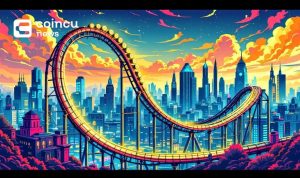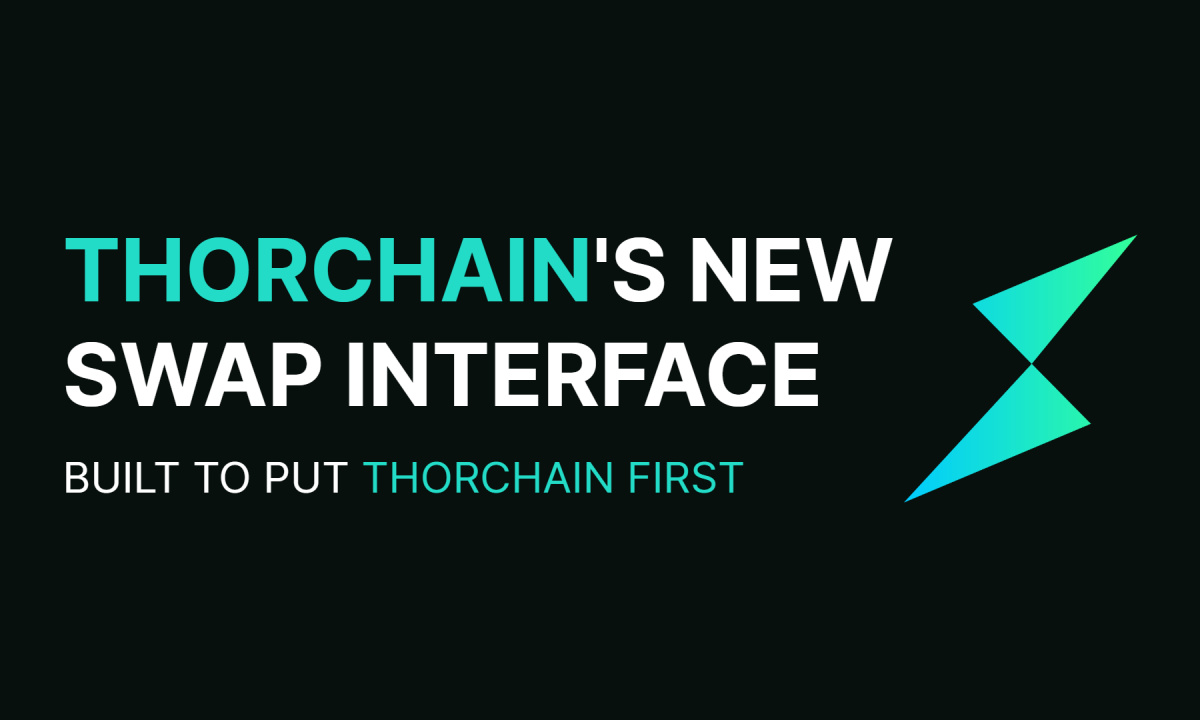Key Points:
- The BRC-69 token standard launch has led to a surge in activity in the Bitcoin Ordinals world, with over 350,000 new inscriptions made in just one day.
- The modified BRC-20 standard has reduced the cost of inscriptions for Ordinals by over 90%, making it more accessible for users.
- Despite the surge in new inscriptions, daily fees paid for inscriptions remain stagnant, according to data tracked by Dune Analytics.
The BRC-69 token standard launch has sparked a surge in Bitcoin Ordinals activity. In just one day, over 350,000 new inscriptions were made, as per CoinDesk. The modified version of the BRC-20 standard reduces inscription costs by more than 90%.

Activity in the Bitcoin Ordinals world has surged since the BRC-69 token standard launch. This method of generating Bitcoin non-fungible tokens (NFTs) through a process called inscribing has seen a rise in new inscriptions, with over 350,000 new inscriptions on Monday. The daily tally has surged by over 250% since the launch of the BRC-69 token standard on July 3. The modified version of the BRC-20 standard reduces the cost of inscriptions for Ordinals by over 90%.
Luminex, the Ordinals launchpad, said, “With BRC69, we can reduce the costs of inscriptions for Ordinals collections by over 90%. This reduction is achieved through a 4-step process: (1) inscribe traits, (2) deploy collection, (3) compile collection, and (4) mint assets.”
The brilliance of BRC69 lies in its simplicity. Minters only need to inscribe a single line of text instead of a full image. This text allows the final image to be automatically rendered on all ordinals-frontends, using solely on-chain resources, thanks to recursive inscriptions.
Per Glassnode, the Ordinals boom can be divided into two waves, with the first representing activity between early February and late April. The image-based inscriptions led the first wave, while high free-paying text-based inscriptions led the second wave, which began in May.
Despite the surge in new inscriptions, the daily fees paid for inscriptions remain stagnant, according to data tracked by Dune Analytics. Ordinals went live in January, bringing the NFT and smart contracts narrative to the Bitcoin blockchain and spurring investor interest in tokens like STX, the native token of Bitcoin layer 2 Stacks Network.
DISCLAIMER: The Information on this website is provided as general market commentary and does not constitute investment advice. We encourage you to do your own research before investing.























